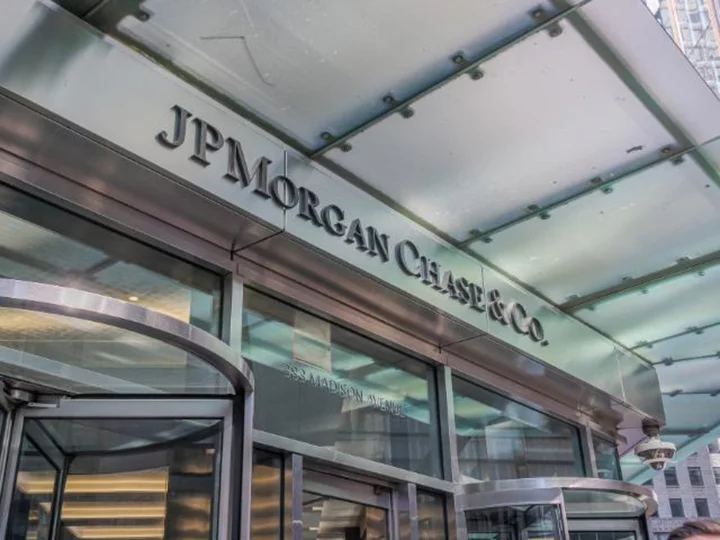By Pete Schroeder
WASHINGTON (Reuters) -U.S. regulators unveiled a sweeping overhaul Thursday that would direct banks to set aside billions more in capital to guard against risk, which was immediately slammed by the industry as "misguided".
If fully implemented, the proposal would raise capital requirements for large banks by an aggregate 16% from current levels, with the brunt felt by the largest and most complex firms, regulators said. The industry is already warning that such a big hike could force them to trim services, raise fees, or both.
Agency officials argued Thursday that such costs would be more than offset by the benefit of a more resilient banking system.
The proposal, approved by the Federal Deposit Insurance Corporation and set to be voted on later by the Federal Reserve, marks the first in an extensive effort to tighten bank oversight, particularly in the wake of spring turmoil that saw three large financial firms fail.
The proposed rule, which would implement a 2017 agreement which originated via the Basel Committee on Banking Supervision, aims to overhaul how banks gauge their riskiness, and in turn how much reserves they must keep on hand as a cushion against losses.
The proposal would overhaul how banks must measure risk from lending, trading activities and internal operations. In several cases, the plan would scrap a prior reliance on bank internal models to measure various types of risk, instead opting for a standardized approach, which regulators argue would produce more consistent and comparable results.
The proposal also reverses previous relief for banks with over $100 billion in assets, after several midsized firms failed in the spring. Under the plan, banks of that size would have to account for unrealized gains and losses on available-for-sale securities, as well as adhere to a stricter leverage requirement.
That change would be felt most acutely by banks with between $100 billion and $250 billion in assets, such as Citizens Financial Group, Fifth Third, Huntington and Regions which enjoyed several relaxed rules under changes implemented in 2019.
The largest U.S. banks would see capital requirements go up 19% on average, banks $250 billion or more would go up an average of 10%, and banks $100 billion-$250 billion up an average of 5%, in line with prior expectations.
Shares of major banks were flat or higher, with JPMorgan and Bank of America flat, Goldman Sachs up 0.3%, Citi up 2% and Morgan Stanley up 0.3%.
The Securities Industry and Financial Markets Association said a proposed operational risk capital charge would penalize firms’ fee-based wealth management and investment banking activities.
"Imposing a punitive capital charge on businesses that provide steady fee income is misguided," said SIFMA president and CEO Kenneth E. Bentsen, Jr in a statement.
The sweeping proposal, which spans over 1000 pages and asks for input on dozens of topics, will kick off an intense lobbying battle by the banking industry as firms seek to soften, delay, or otherwise derail the effort. Regulators said they will take public input on the proposal until November 30, and aim to have the requirements fully phased in by July 1, 2028.
Banks argue the increases are unjustified and economically harmful. They also complain that regulators already direct banks to hold capital against some of the risks measured in the proposal via other means, making the new requirements redundant.
"The dramatic capital increases proposed today reflect a bad deal cut in Basel without public transparency or Congressional input, with an addition of unnecessary layers of capital solely for banks operating in the United States," said Bank Policy Institute President and CEO Greg Baer in a statement.
Top officials at banks like JPMorgan Chase, Bank of America, and Morgan Stanley have warned stricter rules could force them to pull back from services or increase fees. Analysts say it could take years of retained earnings to comply, pinching their ability to boost dividends or buy back shares.
Agency officials said Thursday most banks already have enough capital to meet the proposal, and firms that need to catch up would need at most two years of retained earnings to do so.
(Reporting by Pete Schroeder; editing by Megan Davies, Susan Heavey and Nick Zieminski)









